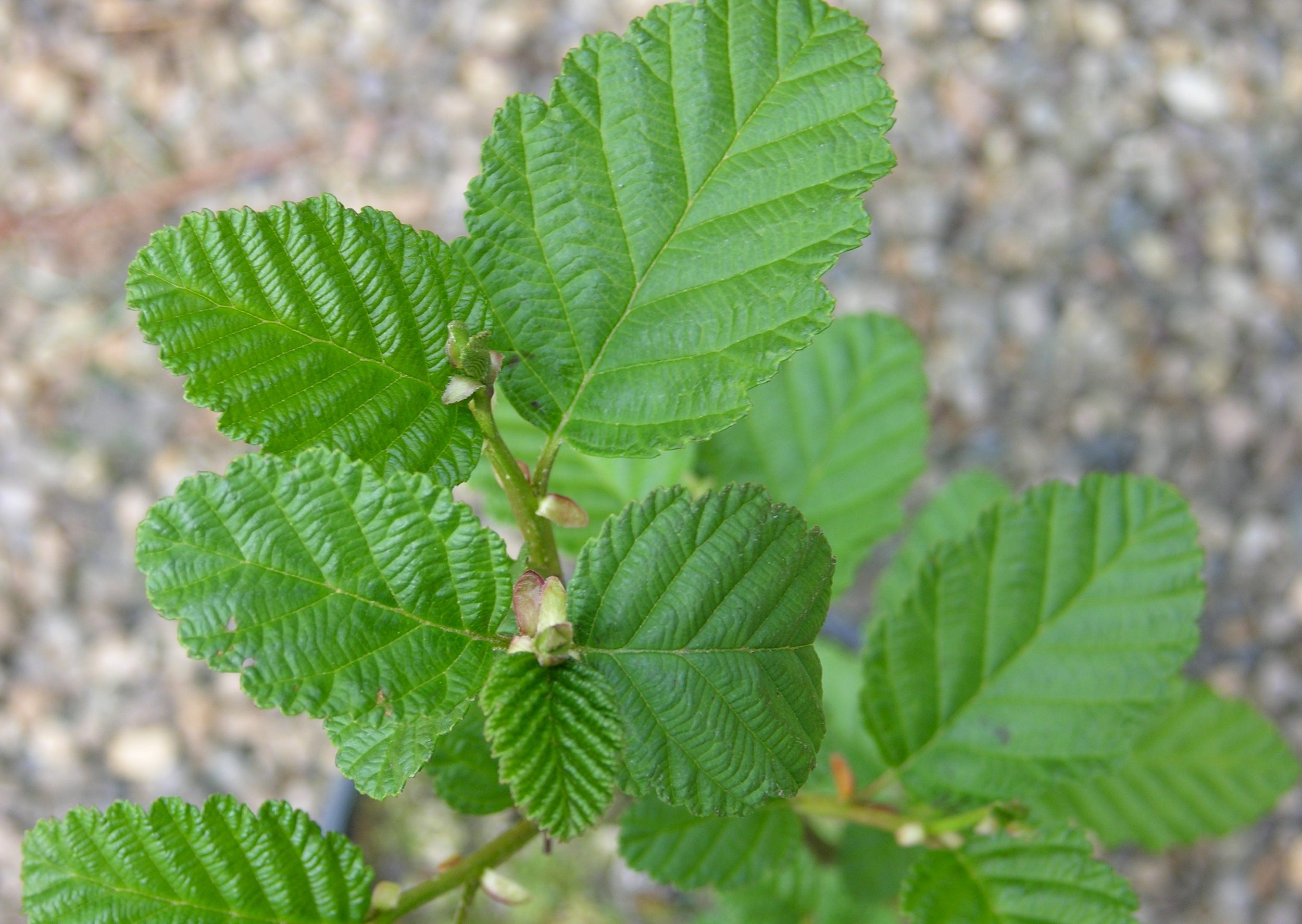Words On Wellness: Winter on the Coast, Red Alder
January is a month that embodies the true starkness of winter on the coast. While it may be sunny, much native foliage, has tucked its juiciness under the soil. This natural inclination towards vegetative slumber when the sun draws a low arc across the sky, is an adaptation to rest and repair. It may look like nothing much is going on for the red alder whose skeleton decorates our river valleys, but this tree uses winter dormancy to keep its house in order. For grasses and leafy trees, there is not enough light to make chlorophyll so nutrients like nitrogen, magnesium and phosphate are carried back from the leaves into the branches where they're deposited in bark. Proteins are broken down and re-made and cell membranes are repaired. Excess sugar is salvaged and shuttled to roots for storage in anticipation of the energy needed to burst into life, come spring.
For thousands of years humans living well above the equator have also saved energy and stored surplus to get through the lean, less productive months. Now modern humans can acquire whatever is needed and stay warm and well-fed through the winter, but physiologically our bodies are still in tune with the natural cycle of light. While your schedule might be full, it is of great benefit to take more time for rest and repair and nourish your roots at this time. During dark cycles our organs organize their own house keeping by detoxing and rebuilding damaged tissues. This is especially true of the kidneys, adrenal glands and liver where vitamins and hormones are synthesized. Since there little vitamin D3 synthesis in winter, bones need to be maintained with mineral-rich root vegetables, mushrooms, broths and essential fatty acids – the same elements that build hormones.
Plant hormones in early-budding trees like cherries are genetically programmed to go through chilling temperatures before buds burst to life, a guaranteed rejuvenation period. These plants keep a temperature memory by measuring time and temperature, working out how cold it's been and for how long. They keep track of the interactions between certain proteins, waiting for a sign that it's time to activate a key gene to break dormancy. For humans, we must tune into our own energy levels, general health and feelings readiness to begin new projects and larger endeavors. For now, just savor the season.





